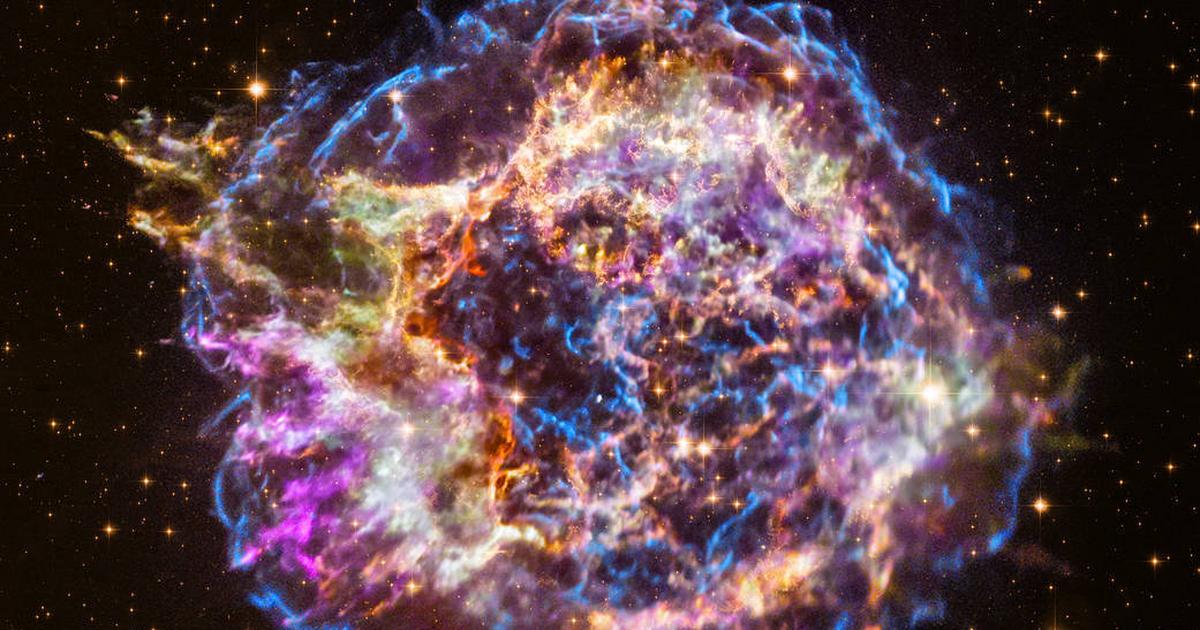Imagine something that looks like a black hole. Now imagine its gravity bending the light of objects behind it, just like a black hole. And finally, imagine that it is not a black hole, but a star. Don’t worry, astronomers haven’t come across such an object in their observations yet. However, this does not change the fact that black holes were initially just a hypothetical device generated by calculations, and now we know that they exist. Hence, it may turn out that these objects are also real inhabitants of outer space, which we have not yet heard of. The results of the simulations, which point to a new class of space objects, have been published in a scientific journal physical review d.
What is a topological Soliton?
This is the term that — for lack of anything better — scientists have christened the object that appeared in the computer simulation. From a distance, such an object would look like a blurry image of a black hole. Up close, however, it will look very different. As described by physicists, this soliton behaves like a black hole, that is, it deforms the space objects behind it as it does, but at the same time it emits weak light radiation that cannot exit the black hole. This is because the light, instead of falling over the event horizon, scatters in all directions and escapes randomly from the object’s gravitational field. So instead of a black spot as in the case of a black hole, the soliton looks like a mysterious object around which electromagnetic radiation randomly rotates.

The authors of the simulations point out that these are the first simulations of astrophysical objects generated by string theory, whose appearance in the sky can be recreated. After all, models of boson stars or gravitational stars built from unusual forms of matter have already been created and show gravitational effects similar to those induced by solitons. But now, for the first time, simulations have used string theory to reconcile quantum mechanics and general relativity.
Wait, what are boson stars?
in 2020 Researchers from Radboud University In the Netherlands, they published a paper in which they attempted to verify whether the first ever photographed supermassive black hole in the M87 galaxy was actually a black hole or a purely hypothetical boson star. Such a boson star would consist of only bosons, would be completely transparent, and would emit no radiation, but would only interact gravitationally with its surroundings. As a result, they can only be observed thanks to the rotating disks of plasma surrounding them.







